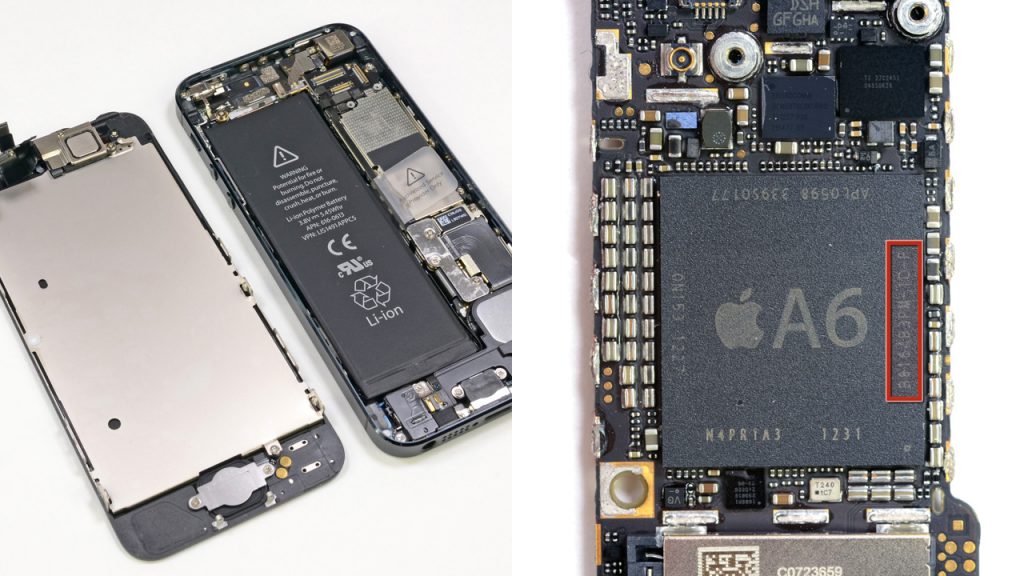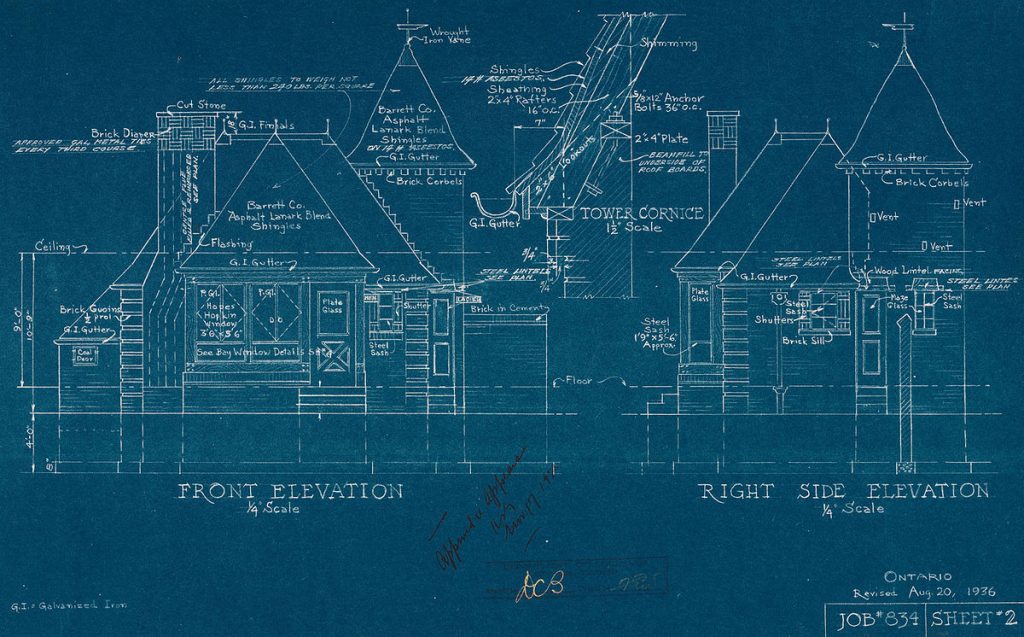Our technologies are becoming evermore ubiquitous and universal. As Roger Burrows further explains, our social “associations and interactions are now not only mediated by software and code they are becoming constituted by it. Technology now comprises our lives. At the same time, in a sense we become more separated from these technologies due to a lack of understanding of the hardware and software of which they are made. We may understand the basics of a Raspberry Pi or simple coding, but much of the physical components composing and the underlying algorithms governing our smart phones, tablets, computers, watches, gaming consoles, and cameras remains hidden from view and outside the understanding of the average person.

But if we were to dissect our technologies and examine their innards, what would this reveal? I propose a photographic exploration of the inside of one of the most popular camera of today, the iPhone, using the cyanotype process to document this investigation and deconstruction.
The cyanotype process for creating blue and white prints was discovered in 1842. Early on, it was employed in the reproduction of blueprints and technical drawings, and cyanotypes were the first photographic book illustrations detailing different types of algae. Many today may be more familiar with this process as a fun, hands-on children’s activity to introduce youth to photographic ideas and processes. Indeed by using this early format of photography, I will draw connections to the history of photography, photography theory, and theories of new media. Furthermore, through the dissection of our technology, I will be examining this smart phone through the lens of Science and Technology Studies, particularly around ideas of the Black Box and our simultaneous social construction and lack of understanding of our technologies. Lastly, through this examination, I will be dismantling the camera and rendering it inoperable. Through this process, I will be engaging in a dialog with ideas around counterfunctional devices, specifically commenting on our ideas and expectations of cameras and images.
The end result will be a series of cyanotype prints. And a disassembled iPhone.

Bibliography
Benjamin, W. (2008). The work of art in the age of mechanical reproduction. Penguin UK.
Hirsch, R. (2008). Photographic possibilities: the expressive use of equipment, ideas, materials, and processes. CRC Press.
Kallinikos, J. (2002). Reopening the black box of technology artifacts and human agency.
Mitchell, W. J. T., & Hansen, M. B. (2010). Critical terms for media studies. University of Chicago Press.
Newhall, B. (1982). The history of photography: from 1839 to the present. Museum of Modern Art.
Pierce, J., & Paulos, E. (2014a). Counterfunctional things: exploring possibilities in designing digital limitations. In Proceedings of the 2014 conference on Designing interactive systems (pp. 375–384). ACM.
Pierce, J., & Paulos, E. (2014b). Some variations on a counterfunctional digital camera. In Proceedings of the 2014 conference on Designing interactive systems (pp. 131–140). ACM.
Pierce, J., & Paulos, E. (2015). Making multiple uses of the obscura 1C digital camera: reflecting on the design, production, packaging and distribution of a counterfunctional device. In Proceedings of the 33rd Annual ACM Conference on Human Factors in Computing Systems (pp. 2103–2112). ACM.
Pinch, T. J., & Bijker, W. E. (1984). The social construction of facts and artefacts: Or how the sociology of science and the sociology of technology might benefit each other. Social Studies of Science, 14(3), 399–441.
Rexer, L. (2002). Photography’s antiquarian avant-garde: the new wave in old processes. Harry N Abrams Inc.
Strosberg, E. (2015). Art and Science. Abbeville Press, Inc.
Trachtenberg, A. (1980). Classic essays on photography. Leetes Island Books.
Winner, L. (1993). Upon opening the black box and finding it empty: Social constructivism and the philosophy of technology. Science, Technology, & Human Values, 18(3), 362–378.
Leave me a Comment